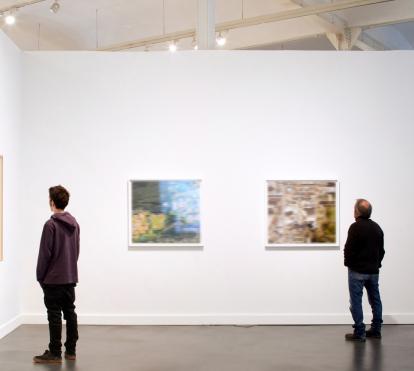
Portraits of the Belle Époque. CaixaForum Barcelona
19.07.11
2 minutes readThe closing decades of the 19th century and the early decades of the 20th were marked by enormous and far-reaching changes in the history of European painting. These changes affected both the stylistic conventions of the art of painting and the framework for the relations between the painter and his or her audience and market. The portrait was the genre that reflected these changes most deeply. As the academic tradition entered into a period of decadence, sustained economic expansion and the new forms for social intercourse generated by the growth of the great cities fuelled rising demand for portraits. This phenomenon spread rapidly around Europe, and new international aesthetic conventions were formed to imbue the portrait with a singular, easily-recognisable artistic style.
The exhibition Portraits of the Belle Époque takes visitors on a journey through this genre, which was not only amongst the most important during this period, but also suggests iconographic and psychological keys that illustrate the connections between the history of painting and cultural and social history at the turn of the 20th century. It does this through seventy-six works by such artists as Giovanni Boldini, Oskar Kokoschka, Edvard Munch, John Singer Sargent, Egon Schiele, Joaquín Sorolla and Henri de Toulouse-Lautrec, loaned by some thirty museums and institutions in twelve countries.
Following its exhibition at the Centre del Carme in Valencia, Portraits of the Belle Époque, co-organised by the Consortium of Museums of the Community of Valencia and ”la Caixa” Welfare Projects and curated by Tomàs Llorens and Boye Llorens, will be open to the public at CaixaForum Barcelona from 20 July to 9 October 2011. More information in the PDF press release